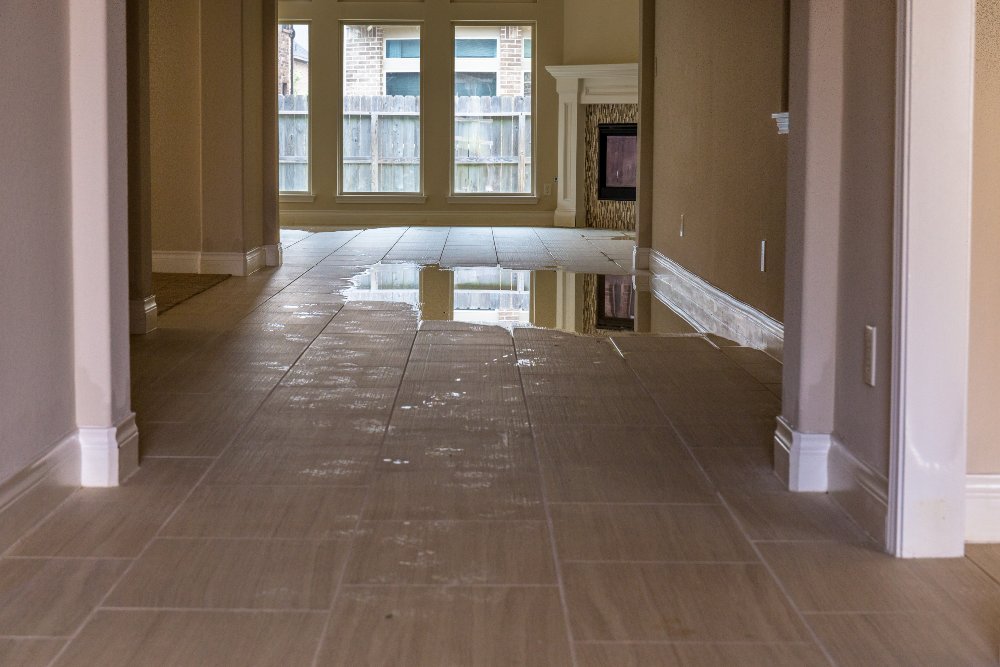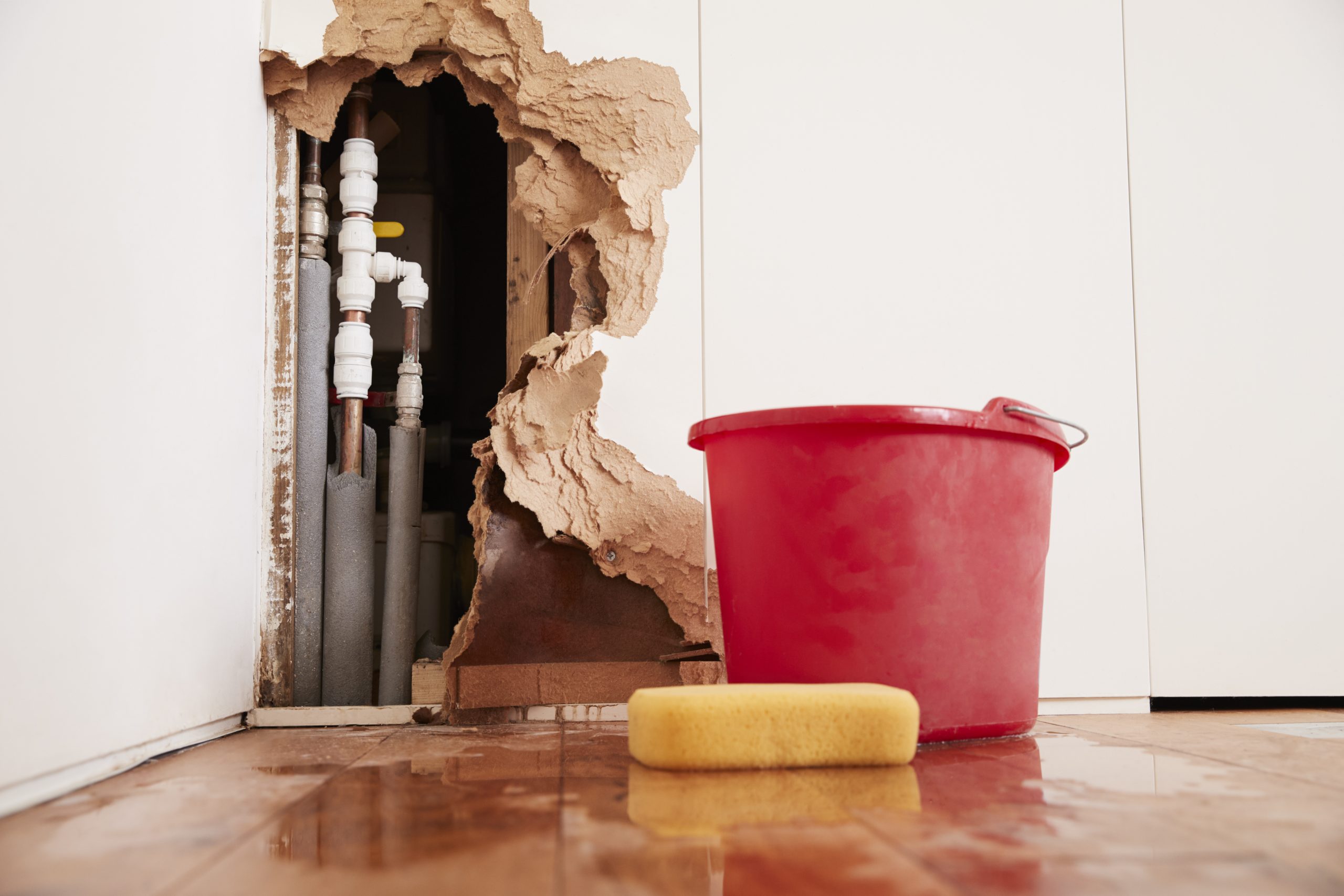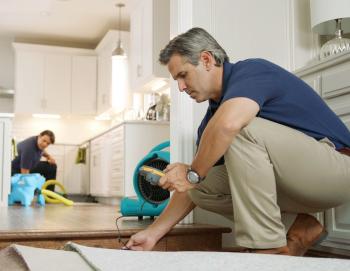Emergency Water Damages Repair: Swift Feedback to Reduce Further Damages
What specifically does emergency water damage repair require? By recognizing the necessity and comprehensive nature of this process, you will certainly obtain valuable insights into exactly how specialists tackle emergency water damage, making sure a swift and reliable response.
Significance of Swift Action

Among the primary factors quick feedback is necessary in water damage reconstruction is to stop the growth of mold and mildew and mildew. Mold and mildew can begin to grow within 24 to 48 hours of water exposure, and once it holds, it can spread out rapidly throughout the afflicted location. Mold and mildew not just creates further damage to the structure of the building however additionally postures health risks to residents. By reacting quickly, specialists can extensively dry out the location and hinder the development of mold and mildew, minimizing the need for comprehensive remediation and making sure the security of those included.
In addition, a punctual feedback can assist salvage and bring back useful items and possessions. Water damage can be ruining, especially when it affects individual things of monetary or sentimental value. Acting swiftly permits specialists to examine the damages and execute proper repair methods to salvage as high as possible. This not only aids to lessen monetary losses but additionally brings assurance to those impacted.
Analyzing the Extent of Damages
To effectively address the repercussions of water damage, it is vital to without delay examine the extent of the damages inflicted upon the damaged area. Examining the level of water damage is an essential step in the repair procedure as it helps repair specialists identify the proper strategy and establish a reliable restoration plan.
During the analysis, restoration professionals completely check out the damaged area to identify visible indications of damages, such as water discolorations, deformed materials, and mold growth. They likewise utilize customized tools to detect covert damage, such as wetness meters and thermal imaging cams (home inspector philadelphia). This comprehensive evaluation allows them to accurately determine the extent of the damage and develop a tailored restoration strategy
Because it helps specialists prioritize their initiatives,Analyzing the level of water damages is crucial. They can determine areas that require instant attention, such as standing water removal and drying, to avoid further damage and decrease the threat of mold growth. They can additionally establish the locations that require repair work or replacement, ensuring that no damages goes unattended or undetected.
Additionally, an extensive assessment provides beneficial info for insurance coverage purposes. It aids property owners and insurance insurers understand the extent of the damage, which is essential for submitting accurate insurance policy claims and receiving the suitable insurance coverage.
Water Removal and Drying Process

The water extraction and drying out process is a crucial step in water damages repair, as it entails the removal of excess water and the extensive drying out of the damaged location to prevent more damage and minimize the threat of mold and mildew growth. After evaluating the level of the water damage, the next step is to extract the water from the damaged area.
When the excess water has been extracted, the drying out procedure begins. This action is vital in protecting against secondary damage, such as structural damages and the development of mold and mildew. High-powered fans and dehumidifiers are utilized to distribute air and eliminate wetness from the air and surfaces. The drying procedure may take a number of days, depending upon the degree of the water damage and the materials involved.
It is essential to guarantee that the afflicted area is entirely dry before waging any repair work or reconstruction. Failure to completely dry the area can bring about long-lasting issues, consisting of weakened structures, moldy odors, and the development of mold and mildew. Therefore, expert water damage reconstruction business utilize wetness discovery devices to make certain that the damaged location is completely dry prior to proceeding to the next action.
Mold Avoidance and Removal

To stop mold and mildew development, it is important to deal with water damages quickly. The initial step is to fix the source and recognize of the water invasion. When the source is dealt with, the damaged location should be extensively dried to stop wetness from remaining. This may include making use of dehumidifiers, air moving companies, and various other customized equipment to get rid of excess here wetness from the air and surface areas.
In situations where mold growth has currently happened, remediation is needed to eliminate the mold and stop its return. This includes the careful elimination and disposal of affected materials, such as drywall or carpeting, to make sure that all traces of mold are gotten rid of - home inspector philadelphia. It is very important to keep in mind that mold remediation need to be executed by professionals who have the essential training and equipment to safely handle and remove mold
Bring Back the Affected Area
After resolving mold and mildew avoidance and remediation, the next important action in water damage remediation is recovering the damaged area to its pre-damage condition. This step includes a thorough process to guarantee that all traces of water damage are eliminated and the damaged area is completely repaired.
To start with, it is vital to extensively dry out the location to avoid any kind of additional damage and to inhibit the growth of mold and mold. This may include the use of specialized drying out tools, such as dehumidifiers and industrial-grade followers, to remove all dampness from the affected surfaces.
As soon as the location is completely dry, the restoration process can begin. This may involve repairing or replacing harmed structural components, such as ceiling, drywall, or floor covering tiles. It is very important to deal with any type of underlying issues that might have created the water damages, such as leaky pipelines or damaged plumbing, to avoid future occurrences.
In addition, restoring the afflicted location may likewise consist of painting walls, replacing harmed components, and thoroughly cleaning and sterilizing the room. This ensures that not only is the location structurally audio, but it is likewise visually pleasing and secure for tenancy.
Conclusion
Evaluating the degree of damage allows for effective water extraction and drying out procedures to be implemented. Overall, timely activity and detailed reconstruction actions are crucial to alleviating the negative effects of water damage.
Swift response is of utmost value in water damage repair to lessen additional damage and mitigate potential anchor risks.Throughout the analysis, repair experts thoroughly examine the damaged location to identify noticeable indications of damage, such as water discolorations, distorted materials, and mold and mildew growth.The water removal and drying out process is a crucial action in water damage restoration, as it includes the removal of excess water and the detailed drying out of the affected location to avoid more damage and minimize the danger of mold growth. After assessing the degree of the water damage, the following step is to draw out the water from the affected area. home inspector philadelphia.Efficient mold and mildew prevention and removal are check this site out essential in water damages restoration to make certain the safety and honesty of the affected location